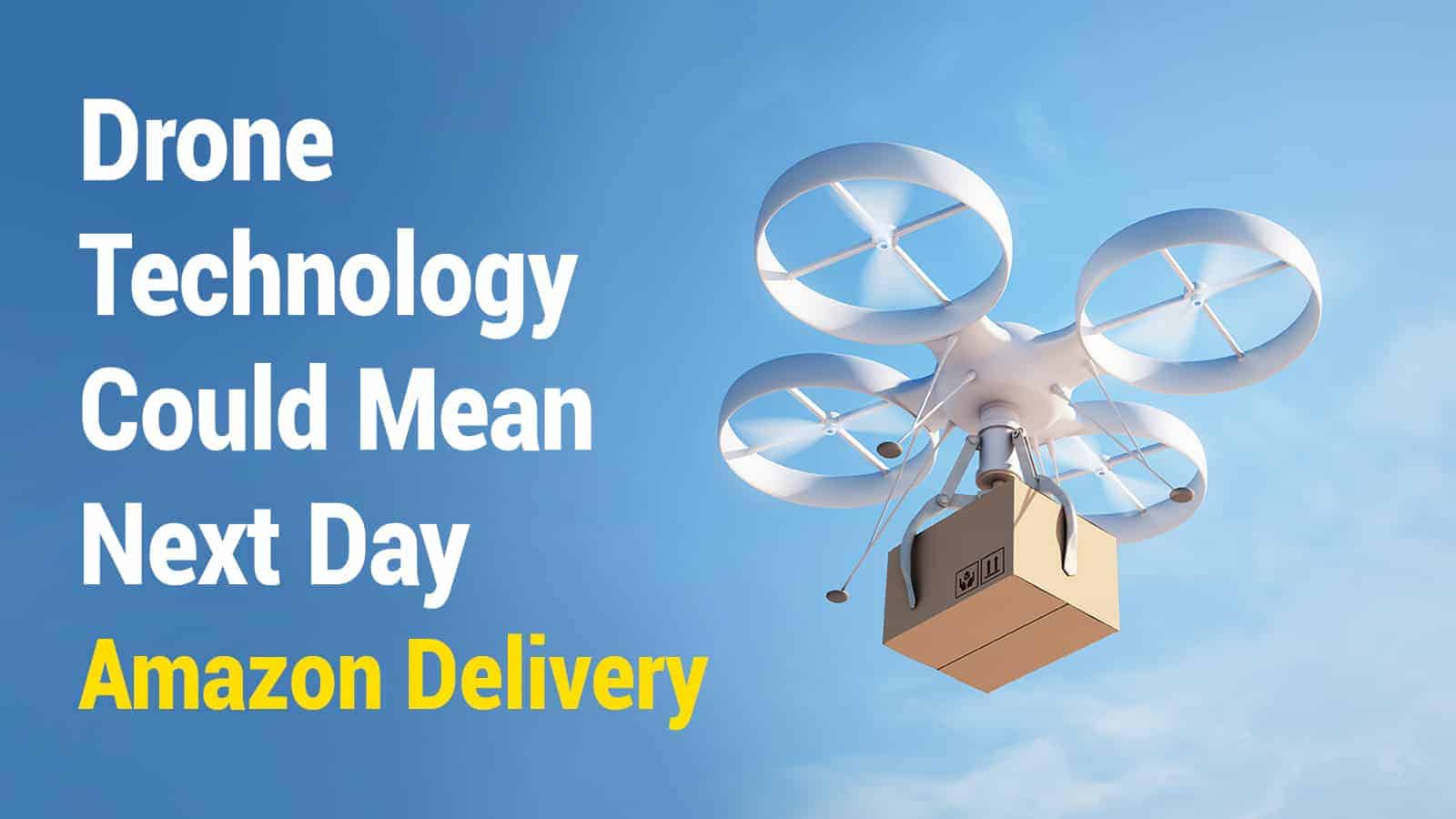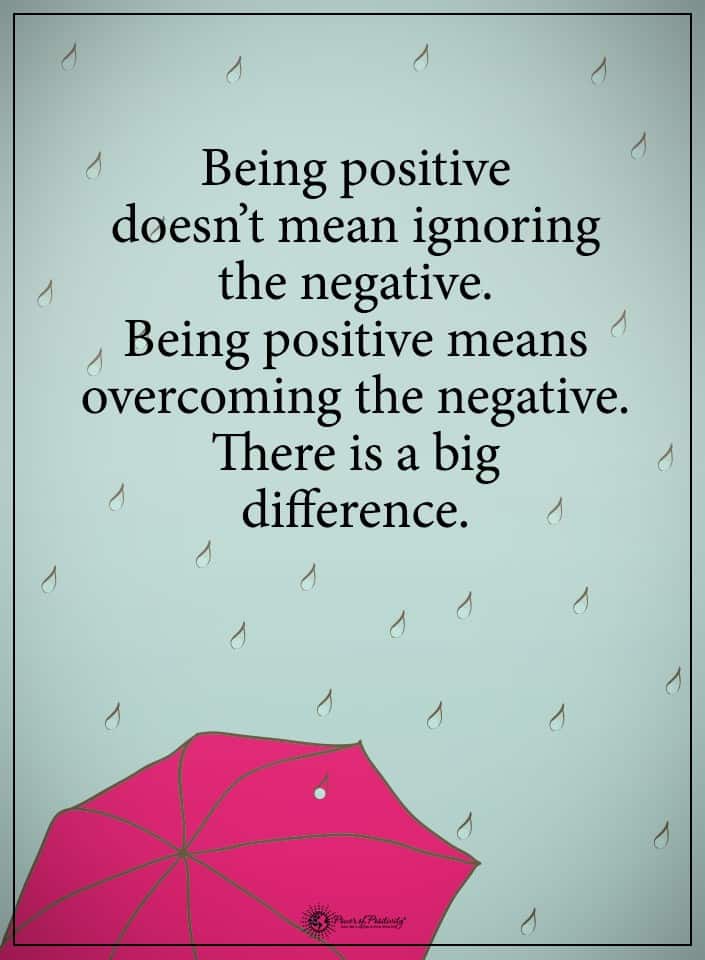Just a few decades ago, virtually no human imagined drone technology would advance to this point. Today, we are looking at how new technology could provide unmanned package delivery. But here we are, if you feel interested in this topic, check out the latest blog posts at Droneuncover.
The recreational, commercial, and military industries use drones in many applications. They make life easier and more efficient in many ways. According to the Federal Aviation Administration, 1,692,700 drones are currently registered, with 489,062 of those being commercial and 1,200,136 being recreational. 191,570 remote pilots have a certification to fly a drone.
Some important facts about drones
- The FAA requires owners of recreational and commercial drones weighing more than 0.55 pounds but less than 55 pounds to register and also mark them with the registration number. You must carry proof of registration with you when you fly the drone. Official paperwork calls these Unmanned Aerial Vehicles, or UAVs.
- Larger unmanned aircraft systems weighing more than 55 pounds have to register with the FAA’s aircraft registry.
- The market for commercial drones might triple between now and 2023, and the FAA expects around 823,000 commercial drones to be registered.
- More than 900,000 owners of non-commercial drones had registered by September 2018.
- Drones are banned in all United States national parks, except with a special permit.
- Photography and real estate are the top commercial uses of drones.
- Drone technology was first used in the military to examine war zones from the air. They saw the benefit of using unmanned aircraft systems to reach otherwise inaccessible areas and also bring in supplies if necessary.
- Law enforcement uses drones to track down criminals or to get a bird’ s-eye view of a crime scene. Police don’t need a warrant if they fly the drone below 400 ft. Plus, they can use any footage collected, provided it’s in an unrestricted area.
How commercial entities use drone technology
Governments and businesses have realized that drone technology can be used in multiple ways, some of the trendiest of which include the following:
- Aerial photography for journalism and recreational purposes
- Express shipping and delivery
- Gathering information or carrying supplies into disaster zones
- Thermal sensor drones for tough search and rescue operations
- Geographic mapping of inaccessible terrain and locations
- Building safety inspections
- Precision crop monitoring for farmers
- Unmanned cargo transport
- Law enforcement and border control surveillance
- Storm tracking and forecasting hurricanes and tornadoes
As you can see, UAVs have plenty of valuable uses in the fields of business and law enforcement. Companies have started to see how employing drones for deliveries can get their products to customers in record time. Below, we’ll go into further detail about how drone technology could allow for next day Amazon delivery.
Drone technology approved by the FAA could mean next day Amazon delivery.
Do you think that Amazon Prime is fast? Then you’ll be even more impressed with Amazon’s drone delivery service currently being tested by the company. Recently, Amazon got approval by the Federal Aviation Administration to use its fleet of drones for Prime Air deliveries.
This will allow the company to use unmanned aircraft systems to deliver packages. Thus, they will save time and money in the process.
The agency said that the approval would give Amazon the ability to “safely and efficiently deliver packages to customers.” Under Part 135 of FAA regulations, this certification gives Amazon the authority and permission to carry items on small drones “beyond the visual sight” of the operator.
Amazon said that it will start testing customer deliveries now that the FAA gave them the go-ahead. Of course, the company had to submit to rigorous testing and show conclusive evidence that its drones could complete deliveries in a safe manner. Amazon had to demonstrate the drone technology for FAA inspectors before getting approved for business.
“This certification is an important step forward for Prime Air and indicates the FAA’s confidence in Amazon’s operating and safety procedures for an autonomous drone delivery service that will one day deliver packages to our customers around the world,” David Carbon, vice president of Prime Air, said in a statement.
“We will continue to develop and refine our technology to fully integrate delivery drones into the airspace, and work closely with the FAA and other regulators around the world to realize our vision of 30-minute delivery.” -David Carbon, Amazon
Amazon said that they have begun testing the technology on a small scale in hopes of launching their Prime Air fleet soon as part of regular business.
Last year, the company announced that they would offer free one-day shipping for Prime members instead of the standard two-day deliveries. They’ve invested billions of dollars since last year to get the new operations off the ground and will use drone technology to complete orders.
Amazon’s been testing this delivery method since 2013
The company began doing test deliveries with drones back in 2013 to get packages to customers’ doors in less than 30 minutes. In August 2019, Amazon submitted a petition for FAA approval of its business plan. In the petition, Amazon explained that they would focus on deliveries of packages weighing 5 pounds or less in areas with low population density.
This means that not all Prime membership orders will have a guaranteed one-day delivery. However, for last-minute, small gift ideas, especially during the holiday season, this could be a game-changer.
Amazon debuted an electric delivery drone at the 2019 re: MARS conference that can carry packages under 5 pounds in 30 minutes or less and can fly up to 15 miles. At the time, Amazon’s CEO of the Worldwide Consumer business Jeff Wilke said that the company could have the drone ready within months to deliver packages to consumers.
While Amazon seems to be tweaking its drone technology for use on a mass scale, we can probably expect to see the drones in action in the next year or two.
Other companies have started to follow in Amazon’s footsteps as well. Last April, Wing became the first drone delivery company to gain the approval of the FAA for commercial deliveries in the U.S. Last October, UPS got permission from the FAA to operate a fleet of UAVs as an airline, which will speed up their delivery process as well.
Life-saving application of drones
It seems that drones have positively changed our world in various aspects, including the speed at which we receive consumer products. However, drones can also deliver life-saving medicines, food, and even organs, to people in need. In a fantastic story reported by NBC News, 44-year-old Trina Glipsy received a drone-delivered kidney after spending eight years on dialysis awaiting a kidney transplant. She said she feels very fortunate to have gotten a second chance at life, especially after watching so many people die while waiting for a transplant.
The UAV was the first in the world to deliver an organ. Some experts say that organ-delivering drones will one day become the norm in the U.S. The custom-made drone took off on a 2.8 mile, 10 minute trip in southwestern Baltimore to deliver an organ to a hospital for immediate transplant. Doctors say that, after being removed from donors’ bodies, the transplant must occur quickly to offer the best chance for success. Drones can significantly help with this. The technology can cut the time organs spend in transit by up to 70 percent, according to Joseph R. Scalea, a transplant surgeon at the University of Maryland School of Medicine. Dr. Scalea served as the team lead on the first successful organ drone delivery.
An idea for organ delivery takes flight.
The drone flight and delivery proved a great success. But drones capable of transporting organs on a large scale would have to fly at much higher speeds and be able to carry heavier loads. Scalea says that in the future, he sees drones moving at around 200 miles per hour and carrying loads of around 50-100 pounds. Moving items of that size, they’d still be able to land and take off vertically. The technology for that just doesn’t exist yet, though he sees the possibilities in the future.
The drone used for organ delivery was custom-made and much more sophisticated than recreational drones. Engineers, aviation experts, and researchers created a drone with two nested boxes to hold an organ. Also, they equipped it with backup batteries and powertrains to ensure it stays in the air despite possible mechanical issues. It has eight rotors and a parachute so that if a major malfunction occurs, the precious cargo would still make it to its destination.
Final thoughts on drone technology approved by FAA and next day Amazon delivery
As you can see, unmanned aircraft systems have the potential to change the world. From Amazon delivery to and providing life-saving organs more efficiently, it’s on the rise. So drones can deliver medicines and even organs to patients in need. But they also can transform the consumer world and offer faster deliveries of products.
Additionally, we may see Amazon roll out its Prime Air service in the next year or two. This offering would provide free one-day delivery to Prime members. The world looks way different than it did even five years ago. However, you can’t deny the benefits and power of technology.
















 Community
Community

